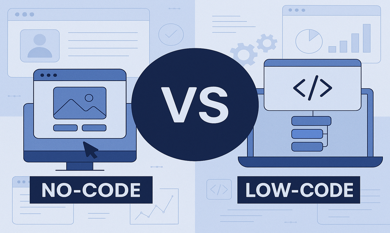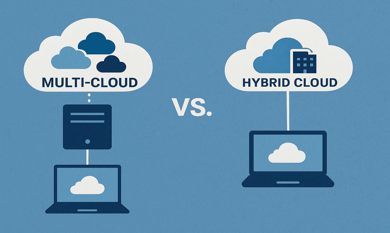Oil refineries rely on vast pipeline networks to transport raw materials and finished products. Any leak, corrosion, or failure can lead to severe safety hazards, environmental disasters, and regulatory penalties.
Traditional monitoring methods—like periodic inspections and basic SCADA systems—are limited in scope and reactive by nature. Today, combining AI and IoT creates a proactive monitoring ecosystem that offers real-time insights, predictive maintenance, and faster intervention.
Why Modern Monitoring Is Essential
Pipeline failures are among the most costly and high-risk events in refining. Operators face:
- Corrosion hidden deep within long pipelines
- Microfractures due to fluctuating pressure
- Delays between an incident occurring and being detected
- Regulatory scrutiny requiring faster reporting
The consequences can be catastrophic: fines, production losses, environmental damage, and erosion of trust.
Smart monitoring solves these problems with continuous visibility and automated alerts.
How AI and IoT Work Together
An advanced pipeline monitoring system includes:
- IoT Sensors:
Installed along pipelines to capture temperature, flow, vibration, and acoustic patterns.
- Edge Gateways:
Devices pre-process and transmit data to the cloud, reducing latency.
- AI Analytics:
Algorithms detect deviations and forecast failures before they escalate.
- Dashboards:
Teams access intuitive visualizations and real-time alerts.
This combination of technologies supports AI+IoT for real-time fault detection—the foundation of modern, proactive maintenance
Benefits for Oil Refineries
When implemented properly, smart monitoring delivers measurable improvements:
Early Fault Detection
Issues are identified when they’re small and easier to fix.
Improved Safety
Operators receive instant notifications to protect workers and assets.
Regulatory Compliance
Detailed logs and automated reports simplify audits.
Lower Operational Costs
Proactive repairs are more affordable than emergency shutdowns.
Enhanced Collaboration
Cross-functional teams can access a shared source of truth.
Additional Advantages for Teams and Safety
Beyond technical improvements, smart monitoring has cultural benefits:
- Empowers Maintenance Teams
Staff can focus on high-impact work rather than routine inspections.
- Supports Knowledge Transfer
Data archives help train new employees and improve procedures.
- Reduces Human Error
Automated analysis catches issues humans might miss.
Use Cases Beyond Leak Detection
Smart monitoring systems are versatile and can also be used for:
- Monitoring flare stacks to ensure emissions compliance
- Managing corrosion in storage tanks and transfer lines
- Tracking pump and compressor health
- Optimizing energy use in pipeline operations
This comprehensive approach enables a connected factory in IoT, integrating all assets into a single, intelligent network.
Real-World Example: Shell’s Predictive Maintenance Program
Shell has deployed IoT sensors and AI models to analyze pipeline health across global operations. With this approach, the company has seen:
- 40% fewer leaks
- Faster response to emerging issues
- Improved regulatory reporting accuracy
These results demonstrate the value of combining smart sensors and machine learning.
Advanced AI Techniques for Fault Detection
Different algorithms contribute to effective detection:
Supervised Learning
Models trained on historical incident data learn to classify known failure modes.
Unsupervised Learning
These algorithms detect anomalies without pre-labeled examples, catching unexpected issues.
Time Series Forecasting
Predicts pressure or flow deviations before they breach safety thresholds.
Acoustic Pattern Recognition
AI listens for sound signatures associated with leaks or blockages.
By layering these approaches, systems improve detection accuracy and reduce false positives.
Building ROI Models for Leadership Buy-In
Proposing a smart monitoring investment requires clear value demonstration. Consider these factors:
- Baseline Costs:
Quantify expenses from past incidents, maintenance, and downtime.
- Potential Savings:
Estimate cost avoidance from reduced leaks and failures.
- Productivity Gains:
Highlight how automation frees teams for higher-value work.
- Regulatory Risk Reduction:
Emphasize improved compliance and lower penalties.
Well-defined ROI models help secure leadership support and funding.
Implementation Considerations
Rolling out smart pipeline monitoring involves:
Infrastructure Audit
Identify gaps in sensor coverage and data transmission capabilities.
Sensor Deployment Plan
Determine sensor types and placements for maximum visibility.
Data Security Protocols
Use encryption and access controls to protect operational data.
Integration with Enterprise Systems
Align IoT data with your SCADA, ERP, and maintenance platforms. Companies working with web app development services Dallas teams can create unified interfaces.
Training and Change Management
Equip staff with skills to understand and act on AI-generated insights.
Overcoming Common Challenges
Despite the benefits, organizations must navigate:
- Data Volume:
Thousands of sensors produce enormous data streams.
- Model Training:
AI requires clean, representative data to avoid misclassification.
- User Confidence:
Teams must trust the system’s recommendations.
- Legacy Compatibility:
Older equipment often requires retrofitting.
Engaging a partner offering startup IT consulting services Dallas helps create a structured rollout and avoid pitfalls.
Sustainability and ESG Alignment
IoT-powered monitoring supports environmental goals:
- Reduces emissions by catching leaks early.
- Enables transparent reporting for ESG disclosures.
- Optimizes energy use across pipeline networks.
This positions companies as responsible stewards of resources, earning credibility with regulators and investors.
The Future of Smart Factory IoT in Oil and Gas
Industry analysts predict explosive growth in smart factory IoT deployments. By 2027:
- Over 60% of refineries will adopt AI-driven monitoring.
- Predictive maintenance will become standard.
- Connected devices will outnumber workers by 10:1.
Early adopters are already realizing the benefits: lower costs, safer operations, and faster compliance.
How Theta Technolabs Helps You Succeed
Building a secure, effective monitoring system requires expertise across disciplines. Theta Technolabs delivers:
Custom IoT Architectures
Sensor networks designed for your specific operations.
Machine Learning Models
AI tuned to detect faults with high precision.
Integration Services
Seamless connections to SCADA and ERP tools.
Scalable Cloud Platforms
Our Web, Mobile, and Cloud solutions ensure performance and resilience.
Ongoing Optimization
Continuous updates to keep systems effective as needs evolve.
Conclusion
Smart pipeline monitoring combines IoT and AI to transform risk management and compliance. From detecting microfractures to automating maintenance workflows, these technologies protect assets and improve profitability.
Partnering with Theta Technolabs, an experienced AI development company in Dallas, ensures you build secure, future-ready solutions that give you a competitive advantage.
Ready to Modernize Your Pipeline Monitoring?
Contact Theta Technolabs today.
Discover how we can help you:
- Design AI-powered monitoring solutions.
- Integrate IoT networks and predictive analytics.
- Achieve safer, more efficient operations.






















_Choosing%20the%20Right%20App%20Development%20Company_%20A%20Comprehensive%20Guide_Q1_24.jpg)
_Chatbots%20for%20Event%20Management%20and%20Hospitality%20Services_Q1_24.jpg)
_Best%20iOS%20App%20Development%20Company_%20Enhancing%20User%20Engagement%20with%20Push%20Notifications_Q2_24.jpg)
_Key%20Trends%20in%20Healthcare%20Software%20Development%20for%20the%20Future_Q2_24.jpg)
_How%20much%20does%20it%20cost%20to%20create%20an%20android%20app%20in%202024%20for%20Startups_%20A%20detailed%20guide_Q2_24.jpg)
_Integrating%20Chatbots%20Into%20Your%20Application.jpg)


_Enhancing%20Driver%20Safety%20and%20Compliance%20with%20Web%20Apps%20in%20the%20Logistics%20Sector_Q3_24.jpg)
_Web%20Apps%20for%20Retail%20and%20eCommerce_%20Streamlining%20Operations%20and%20Reducing%20Costs_Q3_24.jpg)
_How%20AI%20is%20Enhancing%20Construction%20Site%20Surveillance%20and%20Security%20in%20Dallas_Q3_24-1.jpg)
_The%20Impact%20of%20Cross-Platform%20Apps%20on%20Real%20Estate%20Market%20Trends%20in%20Dallas_Q3_24-1.jpg)
_Streamlining%20Appointment%20Scheduling%20with%20Cloud%20Computing%20in%20Dallas%20Healthcare_Q4_25.jpg)
_How%20Cloud%20Solutions%20Are%20Enhancing%20Remote%20Patient%20Monitoring%20in%20Healthcare_Q4_25.jpg)










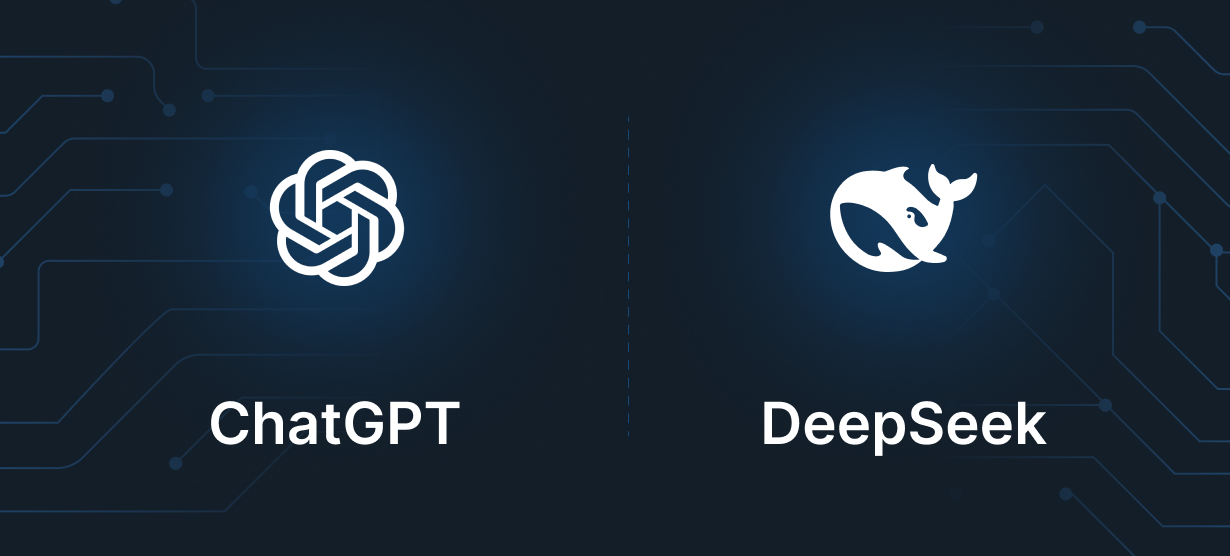




















.png)






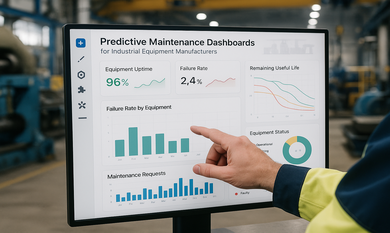





.png)

.png)
.png)
.png)
.png)


.png)
.png)
.png)

.png)



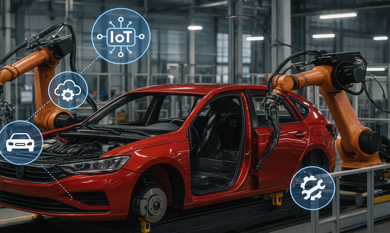


.png)
.png)








